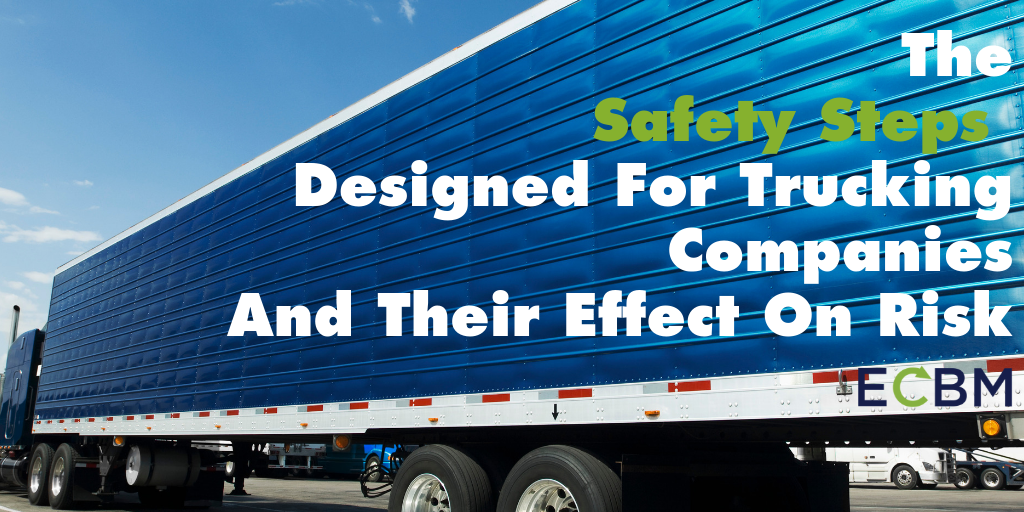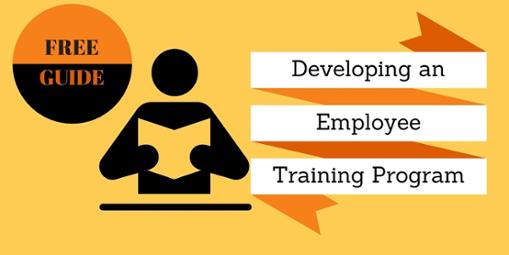
The Federal Motor Carrier Safety Administration was created in 2000 to reduce the number of crashes involving large trucks and tractor trailers. The FMCSA tackles this approach in a number of different ways. Some of those ways involve issuing regulations and enforcing those regulations with civil penalties. But the FMCSA also a mandate to issue educational trainings to carriers and truck drives aimed at improving road safety.
The Safety Management Cycle
As part of its educational mission, the FMCSA created the Safety management Cycle in January 2013. Following best practices for risk management, the Safety Management Cycle is a series of processes carriers can put themselves through for the sake of improving their safety, compliance and efficiency. The SMS involves four steps in six key operation areas.
The key operations areas are
- policies and procedures
Policies and procedures are the guidelines and workflows motor carriers establish to ensure their compliance with federal regulations and improve safety. - roles and responsibilities
Roles and responsibilities define which employees are responsible for implementing specific policies and procedures and maintaining compliance. - qualification and hiring
Qualification and hiring involves ensuring that qualified people fill those roles and responsibilities. - training and communication
Training and communication specifies the ways in which motor carriers ensure that their employees know their responsibilities and have the capabilities to fulfill them. - monitoring and tracking
Monitoring and Tracking ensures that policies and procedures are being followed. - meaningful action
Meaningful action is rewarding employees who comply with safety procedures and correcting the behavior of those who do not.
As you can see from these descriptions, each subsequent operation area builds on the previous ones.
Four Steps That Carriers Take
Carriers can then follow a four-step process for reviewing these operation areas, identifying areas of concern, and implementing improvements.
Step 1 is a review of the company's history of violations and crashes through the FMCSA’s CSA system.
Step 2 is an assessment of each of the six operation areas for breakdowns or failures that led to those crashes and violations.
Step 3 involves the identification of practices that can improve areas where the company has experienced breakdowns.
Step 4 involves the implementation of those practices and tracking their progress in order to improve safety statistics and BASIC percentile ranks.
Benefits Of An Improved Safety Record
The Safety Management Cycle is a useful framework for companies to follow when they need to improve their safety and accountability record. Improved safety record will yield a number of positive outcomes for trucking companies and can help identify efficiencies and cost savings while lowering insurance premiums. The modern world of trucking requires active risk management practices and continual attempts to improve these numbers.



